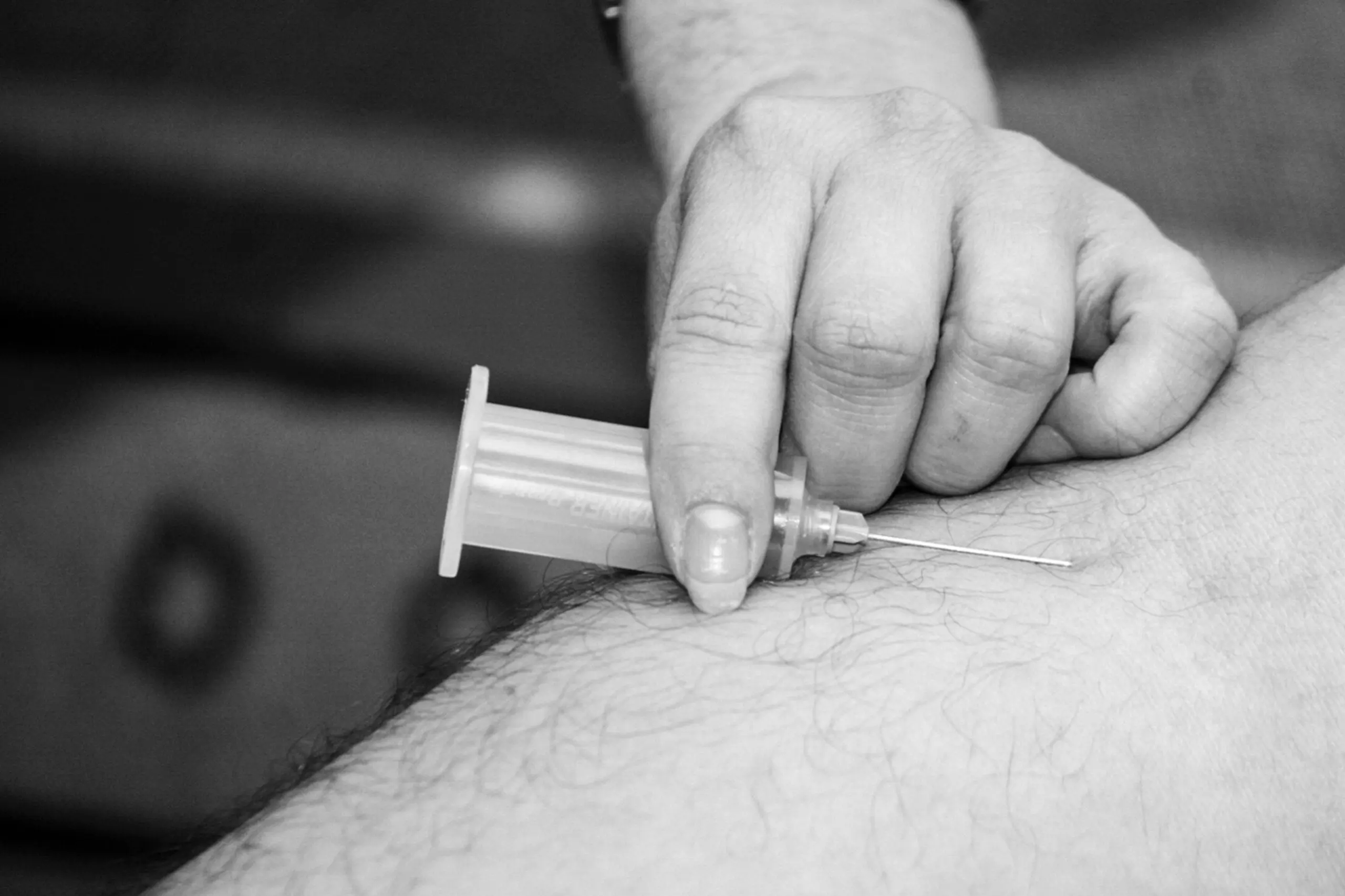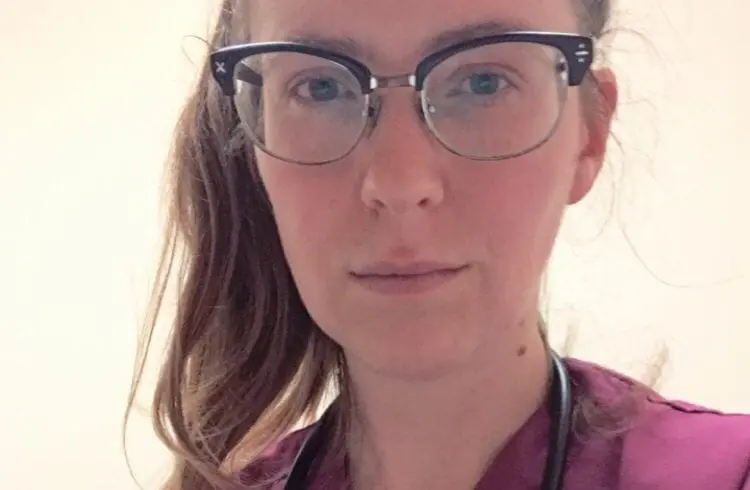The Practical Nursing program has taught me a lot about the human body, how it works, and staying healthy. Countless days (and nights) have been dedicated to studying and learning the course material needed for nursing. Alas, we enter the hospital, where the practical learning begins. It is always exciting to show off what you know in a real-life situation, especially in the hospital. The hospital holds countless opportunities to expand and perfect your nursing skills taught in school. The school was a safe zone, where we practised on friends and mannequins but in the hospital, anything can happen. Here are some differences I encountered in the Hospital Setting vs. Classroom.
Patients vs Mannequins

To point out the obvious, in school, we practice on mannequins. In the hospital, we practice on humans. Major difference. In the latter setting, never underestimate the power of touch. I had an opportunity in the hospital to give medications to a patient via subcutaneous butterfly. I first inserted the subcutaneous butterfly, which is a needle with a long tube that looks similar to an IV and delivers medications into the tissues of the skin for slow absorption. It can stay in for a week at a time, which is good if the patient has multiple doses of medications to give per day. I thought to myself, this was in one of my case studies in school. I’ve practised a million times on a sandbag, this should be a piece of cake to do. It was not a piece of cake, and I had trouble inserting the port into my patient. He would flinch and scream “ow” after each attempt. I realized right then and there that I should ask for help from another colleague to do it instead of hurting my patient. I decided that was best, and I left the room, took a few deep breaths, and reminded myself I am still a student and still learning.
No more teachers to help you or keep an eye on you
The teachers at Stenberg are there for your every question and every wrong move, every example and every panic attack but in the hospital, you are on your own. From what I have learned, you have to trust that you know what you are doing and have the confidence to do it. I tell myself, “I am still a student and I am still learning”, even though I am no longer in a school setting. This is what helps me when something does not go the way I planned. There is still so much to learn and experience when we’re on clinical and in a hospital setting. The key is to learn from your mistakes and improve your techniques. When you do something wrong, patients might get short with you. Or, you might see other students doing better than you. I’ve learned not to take it personally but to move on and ask lots of questions. Not every nurse will stop what they are doing to answer your million questions, especially when they have patients of their own. Trust yourself and stick to the basics.
You are in control of your own education
There are many skills a Licensed Practical Nurse (LPN) can perform, and many skills that are not within our practice. To be a good nurse, you need the knowledge of what you’re doing and why. For example, I could tell a stranger to give my patient an aspirin, which is a common household medication. What they don’t know is the reason for giving this particular medication is the interaction of the medication with the patient’s condition. Aspirin has many functions, one of them being a blood thinner. As nurses, we must be cautious our patients are not bleeding anywhere as the bleeding will not stop with a dose of aspirin. I know this because I have studied pharmacology but an average joe may not know this and could seriously harm someone. Therefore, it is important to understand the patient’s history and the reactions they can experience. In the hospital, I am always questioning why the patient needs this and always carry my drug guide with me to make sure I am ensuring the patient is not in any harm. I must prompt myself to get the answers I need without a teacher present. As a nurse, patients come to us for answers, so either I know what to do or say, or I make sure I get the resources or education needed.
All in all, the hospital is a great place to be and provides so many opportunities to learn and grow as a nurse. The progression made from the beginning of the program in class to the end of the program in a hospital is remarkable, and the knowledge I have gained is extraordinary. I go into the hospital every day thinking that each day is a new opportunity to learn and practice what I’ve been taught. I know there is so much more to learn and experience in the hospital and I am ready! The program is almost over for me, with only six weeks remaining. I am happy that I’ve come this far and can’t wait for what’s in store. Happy Reading!
If you’re interested in this career or program, fill out the inquiry form on this page or contact the Program Advisory team directly at 1-866-580-2772 or [email protected] for more information!











